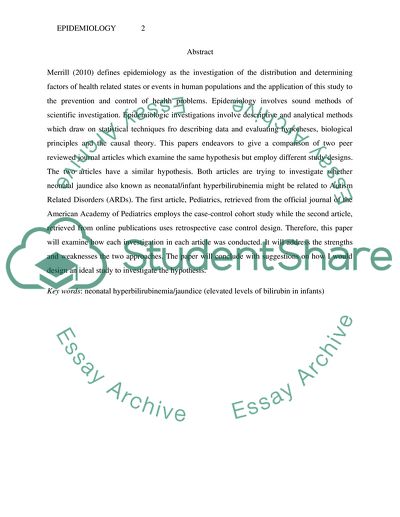Cite this document
(“Is Neonatal Hyperbilirubinemia Associated with Autism Spectrum Research Paper”, n.d.)
Is Neonatal Hyperbilirubinemia Associated with Autism Spectrum Research Paper. Retrieved from https://studentshare.org/health-sciences-medicine/1762526-epidemiology
Is Neonatal Hyperbilirubinemia Associated with Autism Spectrum Research Paper. Retrieved from https://studentshare.org/health-sciences-medicine/1762526-epidemiology
(Is Neonatal Hyperbilirubinemia Associated With Autism Spectrum Research Paper)
Is Neonatal Hyperbilirubinemia Associated With Autism Spectrum Research Paper. https://studentshare.org/health-sciences-medicine/1762526-epidemiology.
Is Neonatal Hyperbilirubinemia Associated With Autism Spectrum Research Paper. https://studentshare.org/health-sciences-medicine/1762526-epidemiology.
“Is Neonatal Hyperbilirubinemia Associated With Autism Spectrum Research Paper”, n.d. https://studentshare.org/health-sciences-medicine/1762526-epidemiology.


